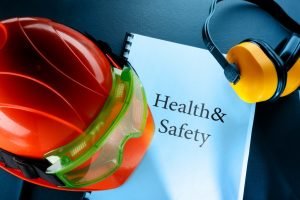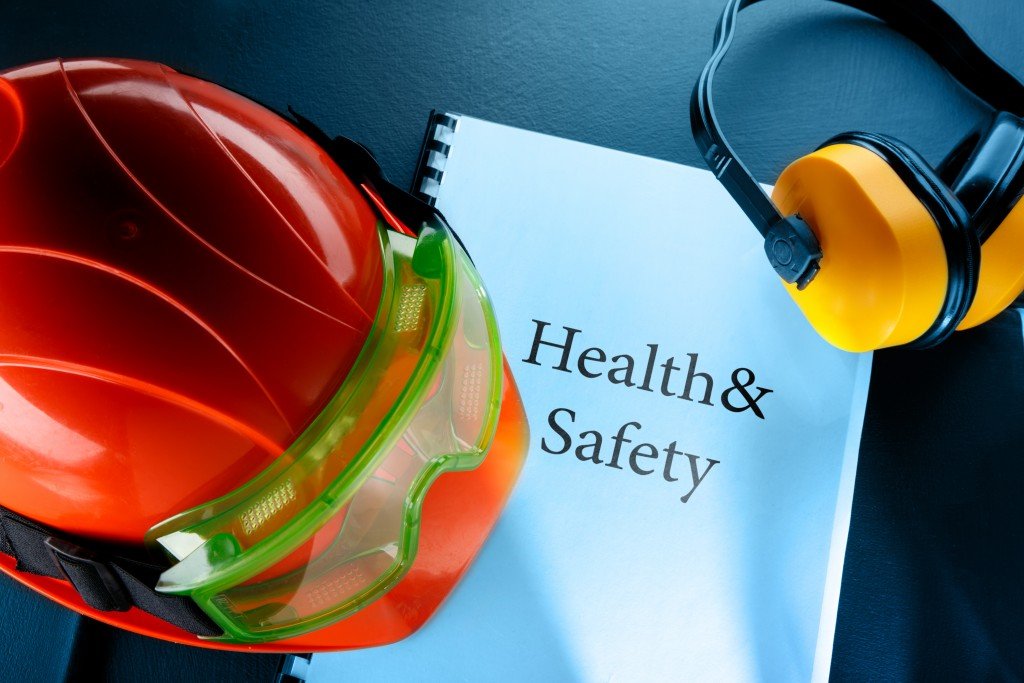
Are you shopping for eye protection equipment? When choosing safety goggles, pay attention to its lens, frame, and ventilation options. Regarding ventilation, safety goggles can be directly ventilated, indirectly ventilated or non-ventilated. Here is a brief guide from
maxisafe.com.au on three styles of safety eyewear.
1. Direct Ventilation
Direct-ventilation safety goggles allow air circulation to prevent fogging. They also don’t allow direct passage of large particles into the eyewear. This style of eye protection can then
protect against any impact. It can also resist airborne dust and debris. You can also safely wear the eyewear under a face shield if you’re working in a place of high heat.
However, direct-ventilation eyewear may not be ideal for places with chemical splash hazards. The goggles may allow chemicals to splash into their vents and reach the eye.
2. Indirect Ventilation
Indirect-ventilation safety goggles have an angled, vented portion. It resists direct passage from the outside to the inside of the safety eyewear. Accordingly, these goggles protect well against liquid or chemical splash entry. Indirect-ventilation goggles also allow air circulation to avert fogging. They are a versatile eye protection equipment choice.
3. Closed-Vent/Non-Ventilated Goggles
Non-ventilated goggles prevent splash and airborne debris entry. They are suitable for applications where chemical splash hazards, impact, and airborne debris are present. However, since closed-vent goggles don’t have vent openings, they don’t allow the passage of air into the eyewear. The eyewear may then fog and need frequent lens cleaning.
On the contrary, ventilated eyewear allows air circulation. At the same time, it offers protection from airborne particles, dust, liquids, or light. Suitably fitted, indirectly-vented safety goggles offer a reliable, practical protection against splashes, sprays, and respiratory droplets. Closed-vent goggles protect from impact, airborne debris, and chemical splash hazards.
No matter which style of goggles you choose, make sure your safety eye protection comes with an approved lens and frame. Also, the eyewear must fit snugly even over prescription glasses.

 Are you shopping for eye protection equipment? When choosing safety goggles, pay attention to its lens, frame, and ventilation options. Regarding ventilation, safety goggles can be directly ventilated, indirectly ventilated or non-ventilated. Here is a brief guide from maxisafe.com.au on three styles of safety eyewear.
Are you shopping for eye protection equipment? When choosing safety goggles, pay attention to its lens, frame, and ventilation options. Regarding ventilation, safety goggles can be directly ventilated, indirectly ventilated or non-ventilated. Here is a brief guide from maxisafe.com.au on three styles of safety eyewear.